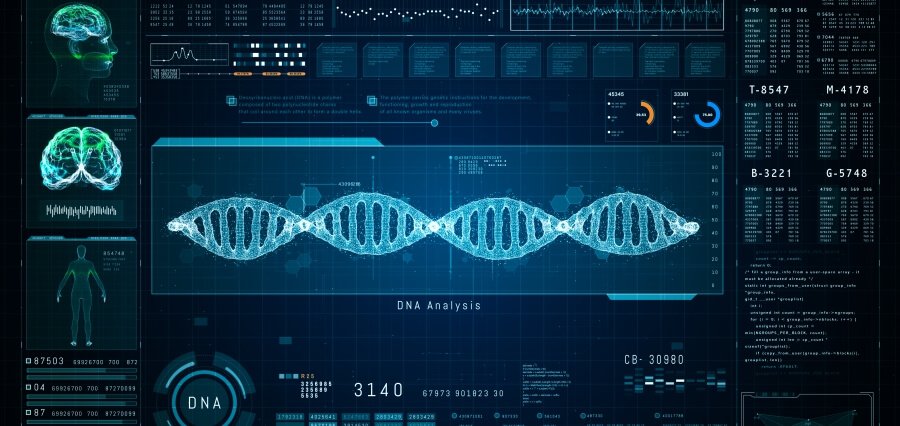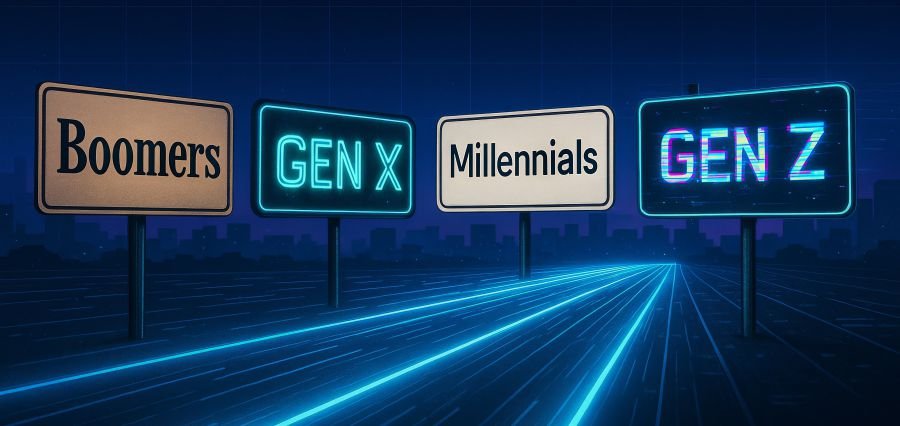Medical coding in a digitized healthcare system is like the quiet lithium that powers the patient’s care, claim of insurance, and the hospital’s account of revenue. By the help of a couple of medical coding examples not only the clarity but also the understanding of how the system impacts the healthcare industry as a whole is gained. It is exciting to learn about everyday situations in which codes make even the most complicated medical operations and medical diagnoses be understandable to the whole medical community and to the payers as well, which, in turn, enables there to be continuous communication among medical providers and insurance companies.
Healthcare providers assign specific codes to a range of medical services, conditions, and procedures, which are referred to as medical coding. The information regarding diseases, treatments, and research is derived from globally agreed systems such as ICD (International Classification of Diseases), CPT (Current Procedural Terminology), and HCPCS (Healthcare Common Procedure Coding System). Each code from such a coding system reflects a single disease or service, and thus, the medical records can be filled properly. The first step in the journey towards medical coding is to get to know medical coding examples.
What if you were to look at the case of hypertension, which is the most common type of diagnosis? This condition is described by the ICD-10 code I10 in medical coding. This simple code holds a lot of data in it; it informs the health status of the patient in a very brief way to the doctors and the insurance companies. If medical professionals use the I10 code, they will be able to give the diagnosis as well as the treatment consistently no matter where the patient is located or which healthcare provider takes care of him/her.
The examples of medical coding are also significantly involved in surgical procedures. Laparoscopic appendectomy, which is a surgery that removes the appendix with minimal invasion, is a good example of this. The CPT code 47562 refers to this kind of operation. This code is like a summary of the exact characteristics of the performed service, which now can be billed and recorded with ease and accuracy. If hospitals did not have codes with standardization, they would have to go through a very difficult time trying to organize their documents, and even an insurance claim might be misunderstood or delayed.
Decoding Healthcare: How Medical Coding Shapes Treatment, Billing, and Research
Medical coding is a process that leads to hospital billing and insurance claims. Visualize a scenario where a person has had a chest X-ray as part of a routine check. The medical coder places the CPT code 71020, which is a single-view chest X-ray and corresponds to the service provided. The diagnosis of pneumonia, which is an infection of the lungs, in this case could be J18.9 if the coding is followed by ICD-10. The synergy in the combination of codes allows carriers to see what treatment has been made and for what reason, and this in turn facilitates the process of good coverage and quick reimbursement.
If we continue exploring medical coding examples, we can take the liberty to talk about the case of a singular patient with a chronic disease, i.e., diabetes mellitus. The code E11.9 in the ICD-10 system refers to the case of type 2 diabetes without any complications. By using this code, healthcare providers can keep the history of the patient and prescribe the most appropriate medications for him/her, while insurers can use it to check the disease coverage and the allowance of the related drugs and procedures. The exactness of these codes is an absolute must in the case of chronic disorders, which need constant medical support.
The significance of medical coding is even more apparent in the emergency settings. For instance, a patient who comes first with acute appendicitis will be assigned the code K35.80. Correct coding at this stage is indispensable because emergency services usually involve multiple providers and quick interventions. Wrong or missing codes can lead to mistakes in billing or, what is worse, failure in the provision of the patient’s future care, as the medical record may be incomplete.
One more fascinating medical coding instance is the vaccination administration codes that have gained significance over time. As an illustration, CPT code 90471 is the one that stands for vaccine administration through an injection. It is a very basic but very important code that allows all the documentation and the reimbursement to be carried out in a very easy manner, thus ensuring that the vaccination process is correctly recorded, which is especially important in a situation of a public health crisis.
Medical coding is constantly changing, just like medical technology, and so are the examples of coding, mostly in telehealth and digital consultations. It is very important to put the proper codes on the virtual visits so the providers may receive the correct payment and the patients continuous care regardless of the place they are in. As an example, CPT code 99441 stands for a telephone evaluation and management service, and this is an instance of the adaptable modern coding system.
The move to integrate medical coding in the electronic health records (EHR) has been the biggest move to show the importance of its existence. Each medical coding example shows the benefits of this system in storing accurate health information, tracking patient outcomes, and supporting medical research. Apart from the billing, these codes have become a very comprehensive source of data about health trends, thus enabling public health officials and policymakers to use this data to make decisions about the community’s health improvements.
Moreover, by going through these examples, the necessity of informed medical coders who can easily decipher the clinical data and correctly assign the codes becomes even more apparent. Their proficiency forms the link between healthcare providers and insurers, thus being able to have a strong impact on the financial health of medical institutions and the whole process of healthcare delivery.
All in all, it is through the medical coding examples that the users get to see the silent and yet mighty system that is responsible for documenting, billing, and managing healthcare. Medical coding examples range from the use of chronic condition codes, such as diabetes, to detailed procedure codes for surgeries and vaccinations; each one outlines the accuracy and necessity of coding as one of the ways to keep the high standards of medical records. The changing healthcare will consequently mean that those codes will change as well, thus reflecting the medical and technological advances, which cooperate in making medical coding examples not just education but also a profession essential for anyone who is dealing with healthcare.








